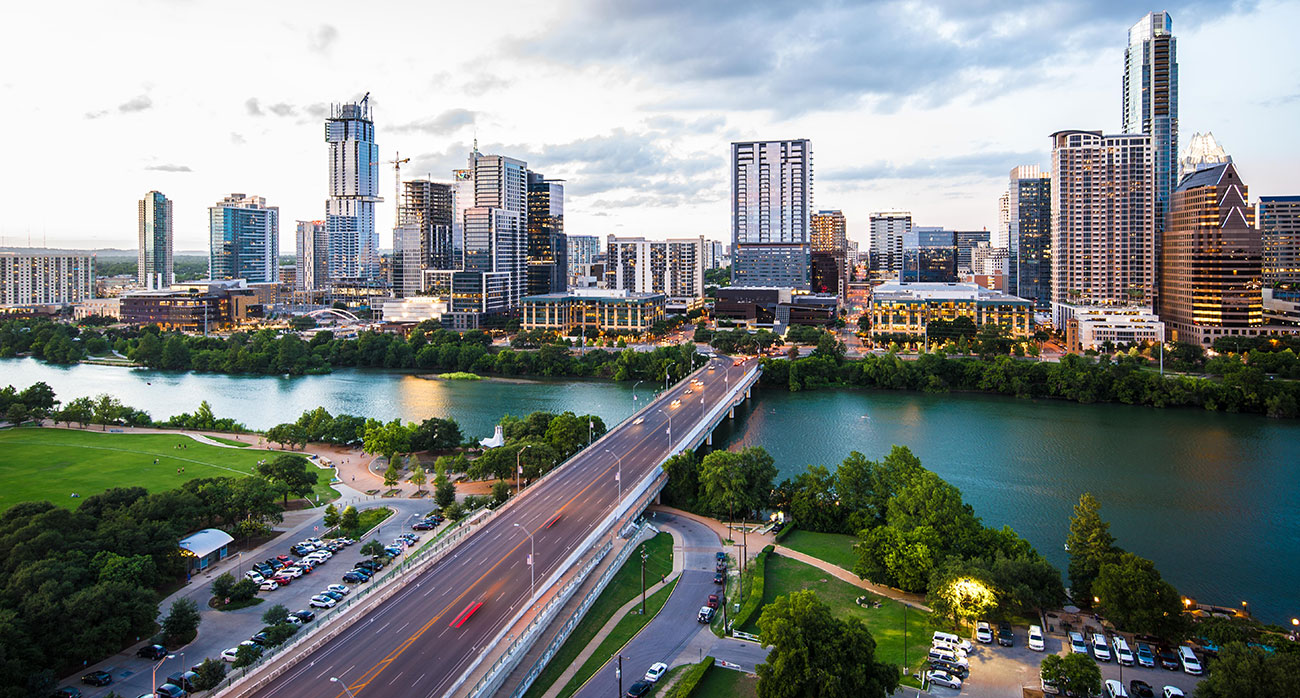
Millennials are Transforming Sunbelt Downtowns from Parking Lots to Housing Innovation Hotspots
juin 5, 2020 — The Big Picture
Cars, not people—that’s what defined downtown Phoenix and Houston at the close of the 20th century. In 1999, downtown Phoenix and Houston had nine and six parking spaces for every ten jobs respectively, according to a UCLA study. The footprint of these downtowns radically changed as Millennials– a generation that expresses a strong desire to live in walkable, transit oriented, and socially diverse communities— entered the housing market in the mid-to-late 2000s. Real estate developers competed to attract Millennials by translating their preferences into “sticks and bricks,” which has transformed downtown Phoenix and Houston from parking lots to housing innovation hotspots.
Housing targeted to Millennials in these downtowns exhibits five common features, which my colleagues (Genevieve Pearthree and Meagan Ehlenz) and I discovered after talking with developers, planners, and others involved in these housing markets. Authenticity is one feature; developers are using strategies such as adaptive reuse and incorporating art installations to offer homes that Millennials can embrace as part of their unique identities. For instance, a developer in Phoenix hired a local graffiti artist to paint murals reflective of Arizona sunsets around a property (see Figure 1). Designs to support an “inside/out” lifestyle—or engagement in activities that usually occur inside of the home, like relaxing or eating, outside of the home—were also common. Examples include 300 to 450 square foot “micro-units,” outdoor living rooms, and dog wash stations. Flexibility was another defining feature of new housing targeted to Millennials, meaning housing that embraced Millennials’ “do-it-yourself” culture and desire to delay or reject traditional adult milestones, like having kids or buying a house, and have new experiences. This feature manifested in developers’ focus on rental instead of for-sale properties and adaptable floor plans. Designs to support “constant connectivity,” or access to high quality technology, were also prevalent, including tech-focused common spaces and in-unit USB charging ports. Finally, Millennial-targeted housing tended to be socially conscious, whether built from reusable materials like shipping containers to located near transit or ride-sharing to enable a car-free lifestyle (see Figure 2).
Figure 1: Murals Create an “Authentic” Environment Inside of Phoenix Multifamily Rental Property

Figure 2: “Socially Conscious” Housing Built from Repurposed Shipping Containers in Phoenix

Several pressing issues have surfaced from the transformation of downtown Phoenix and Houston into housing innovation hotspots, which warrant attention from local planners and decision makers. One issue is a mismatch between the costs and kinds of housing being built in these downtowns and the needs of longtime residents and newcomer Millennials, as they attempt to age in place. Most of the newer housing is renting at luxury Class A market rates, which is out of reach for the lower-income people and people of color who have long called these places home. Creative strategies are needed that will 1) preserve and expand lower cost housing options and 2) not be preempted by their conservative state governments. Further, more diverse housing types and tenures—from micro-unit rentals to four-bedroom townhomes—and family friendly amenities, like playgrounds, are required to enable Millennials to stay downtown over their lifecycle (and relieve housing pressures in adjacent neighborhoods). Finally, local planners and decision makers must keep in mind that continued innovation in downtown housing is dependent on what local regulations, such as minimum parking requirements, allow. It is essential to involve downtown developers and residents in occasionally revisiting the purpose and outcomes of these regulations to support continued innovation.
Featured photo by Carlos Alfonso on Unsplash.